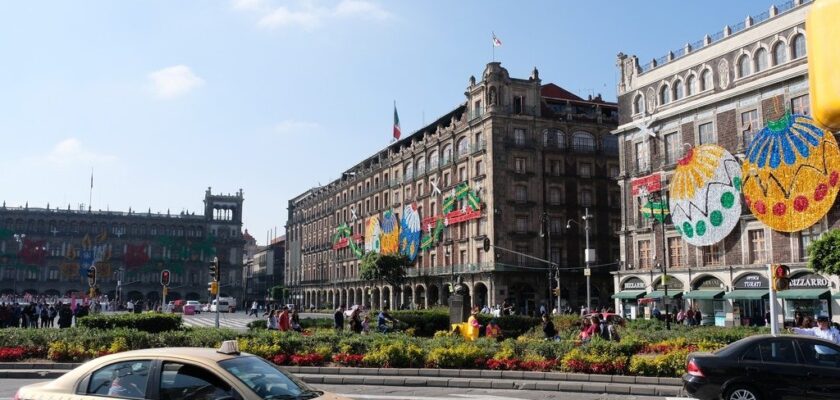Plaza de la Constitución (Socalo)
Plaza de la Constitución, better known as Socalo, is the second largest square in the world and a true open-air “museum” where the main attractions of Mexico City are located. The understated panorama of the Plaza de la Constitución is glimpsed on souvenirs that are sold on every corner of the city: postcards, paintings, magnets and other interesting things. Tourists say that Plaza de la Constitución is the heart of the Mexican capital. No matter what time of year you go for a stroll around Mexico City, you’ll find hundreds of locals in Socalo Square, spending their lunch break or free time with friends.
.Socalo is the perfect place to start your sightseeing tours of the city. Mexicans speak of the capital’s main square with pride and awe, and this only underscores its importance to travelers. Demonstrations, art performances, military parades and processions – all these events unfold in Constitution Square, leaving vivid emotions in the memory of tourists. It is worth planning a visit to the capital of Mexico so that you can join the festivities and feel the solemn atmosphere of Constitution Square!
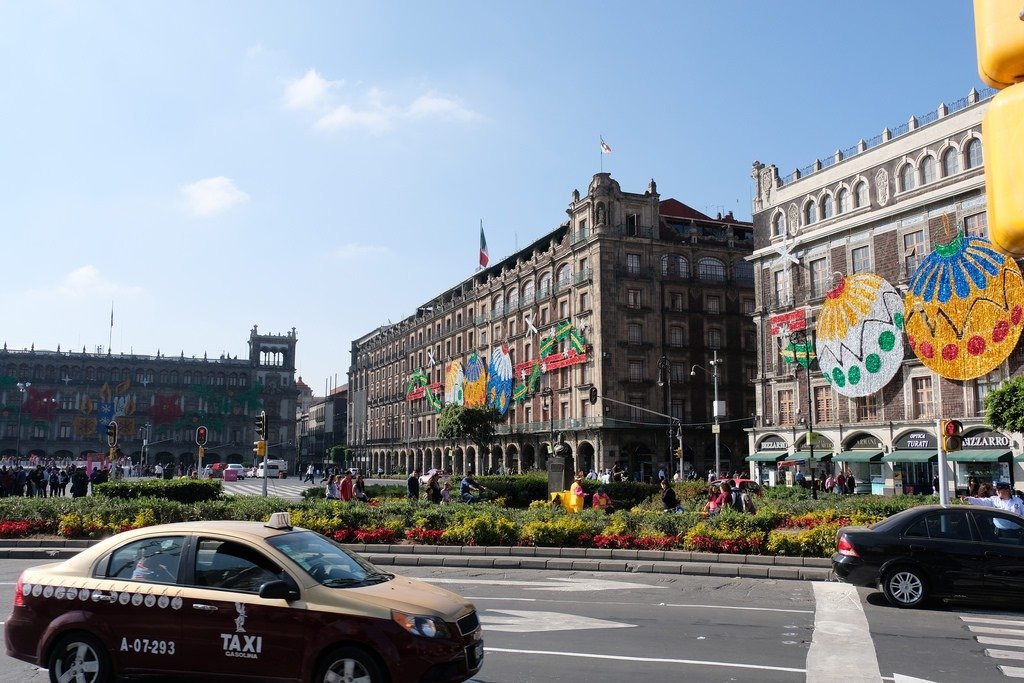
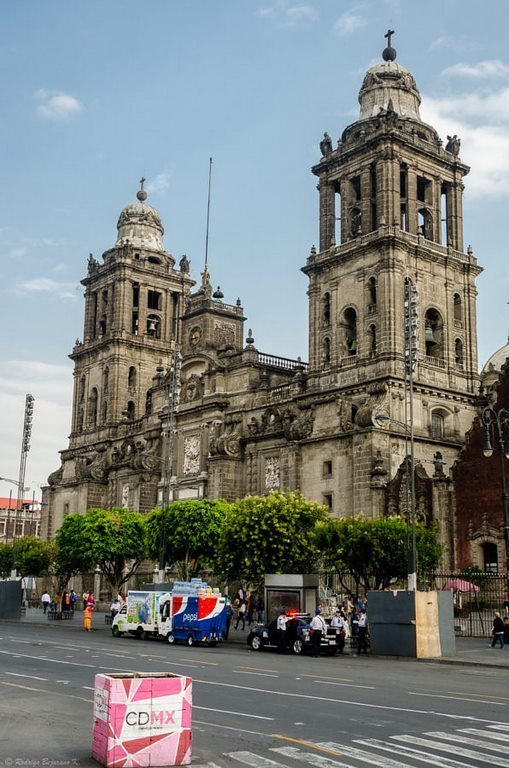
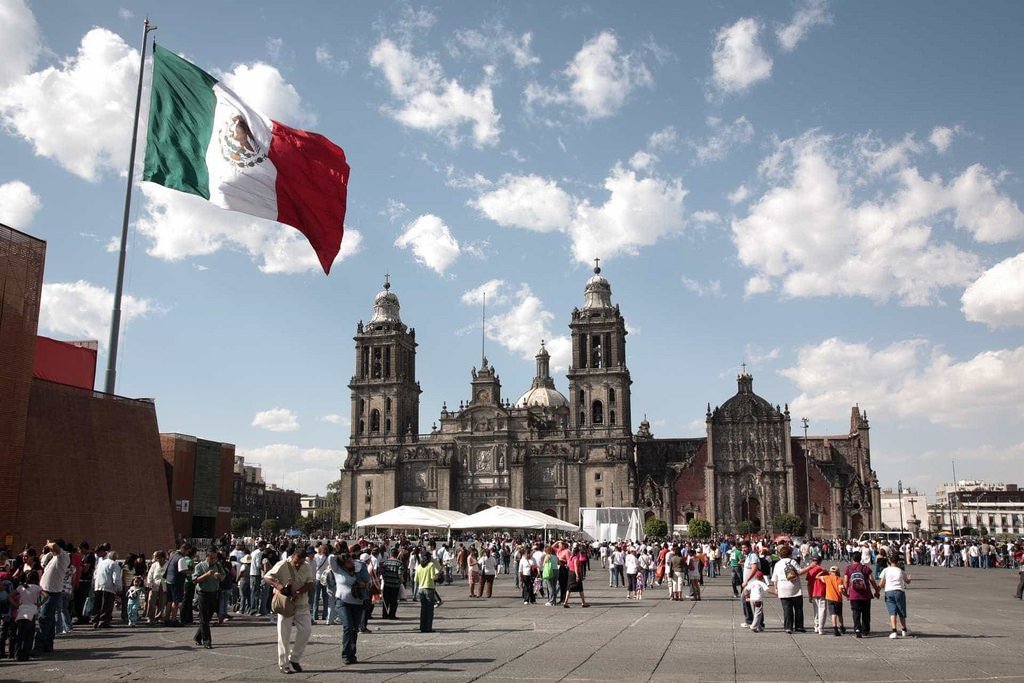
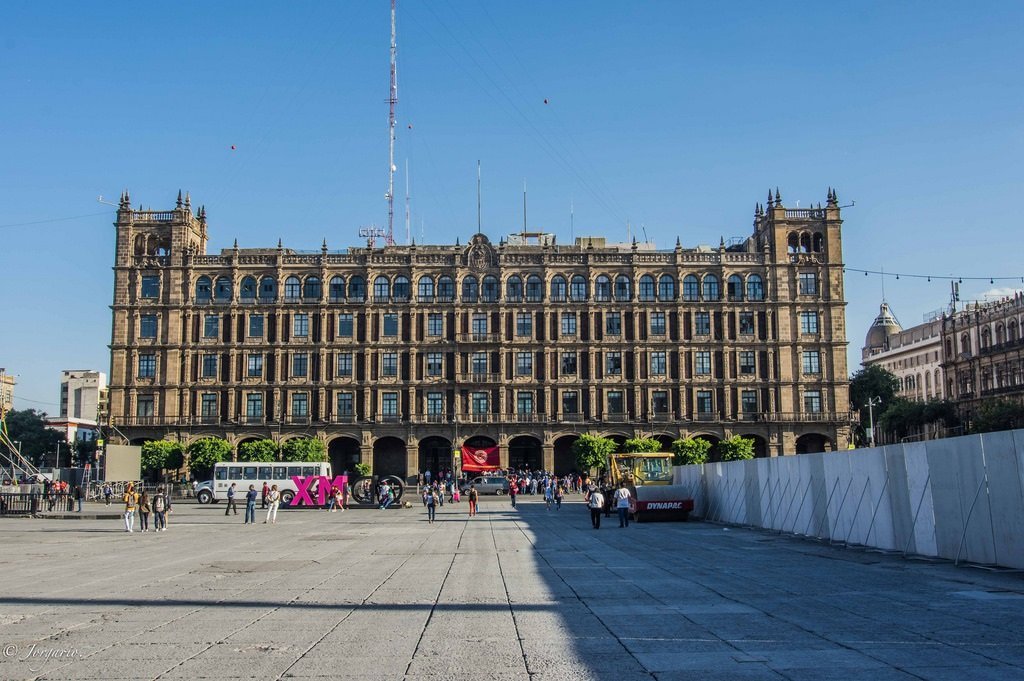
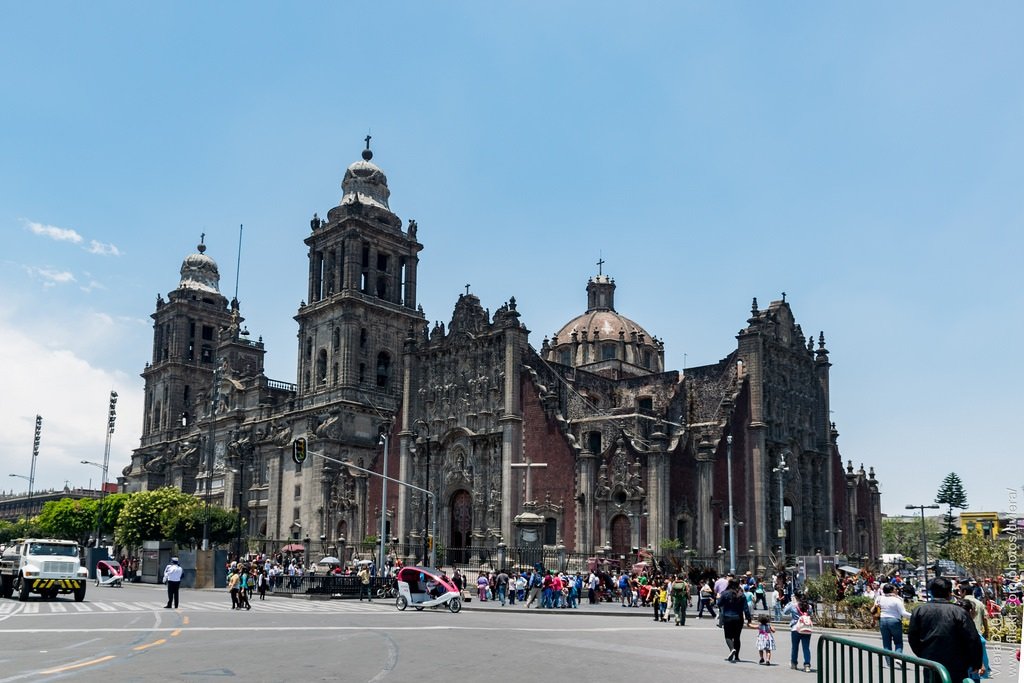
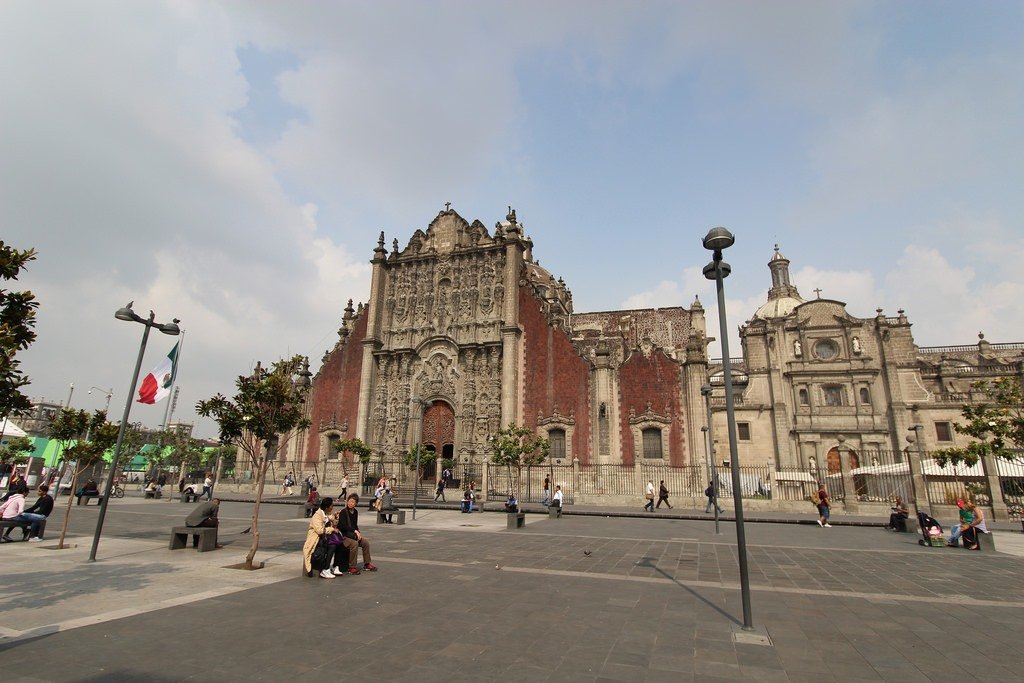
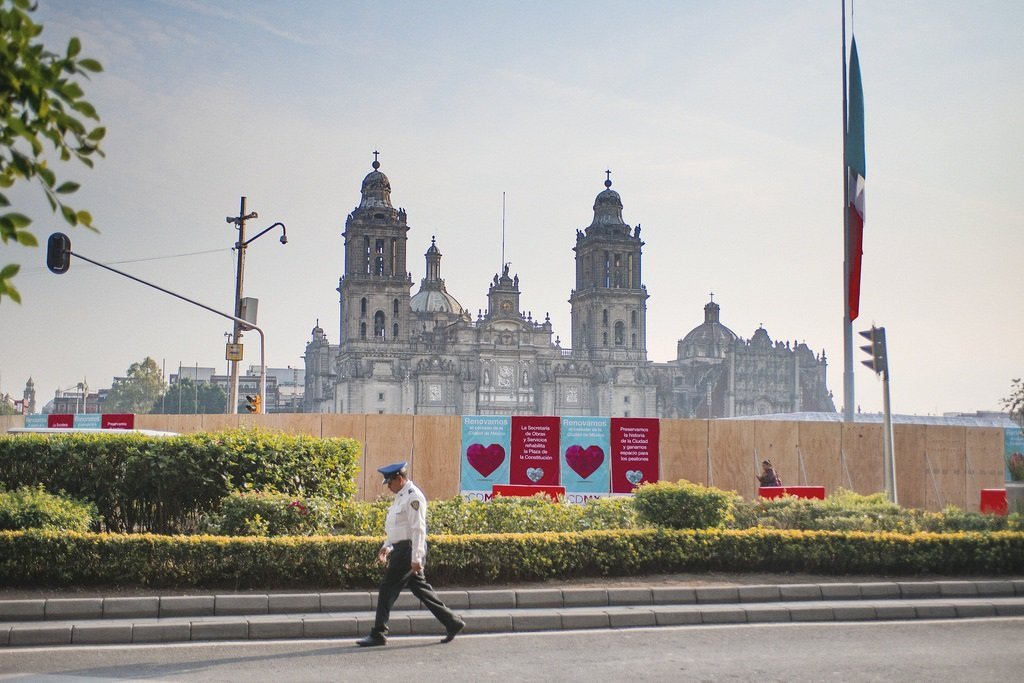
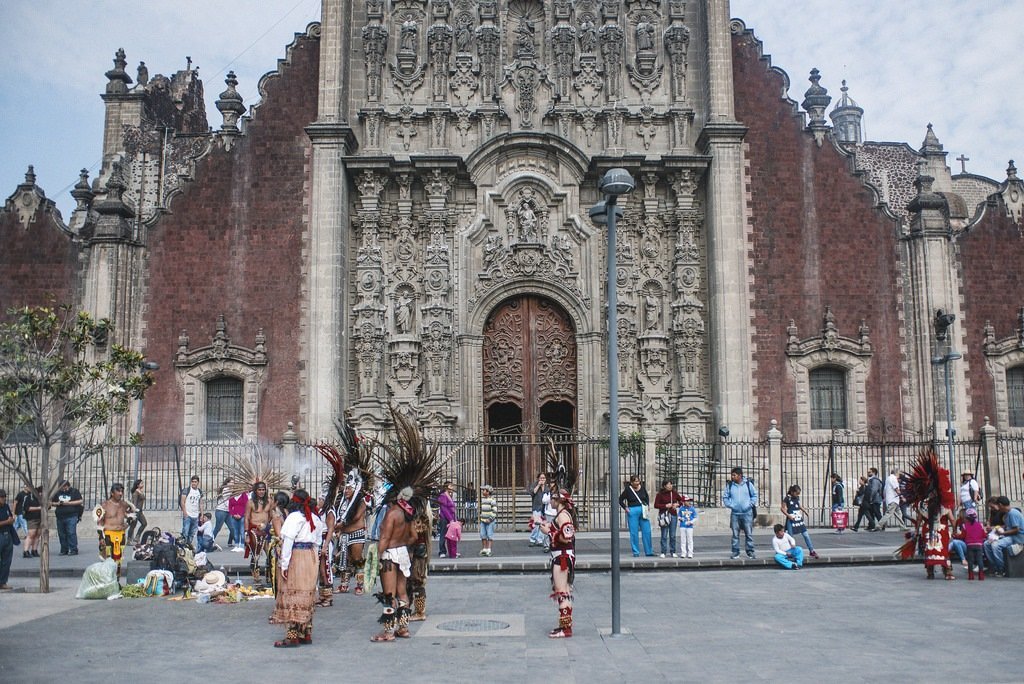
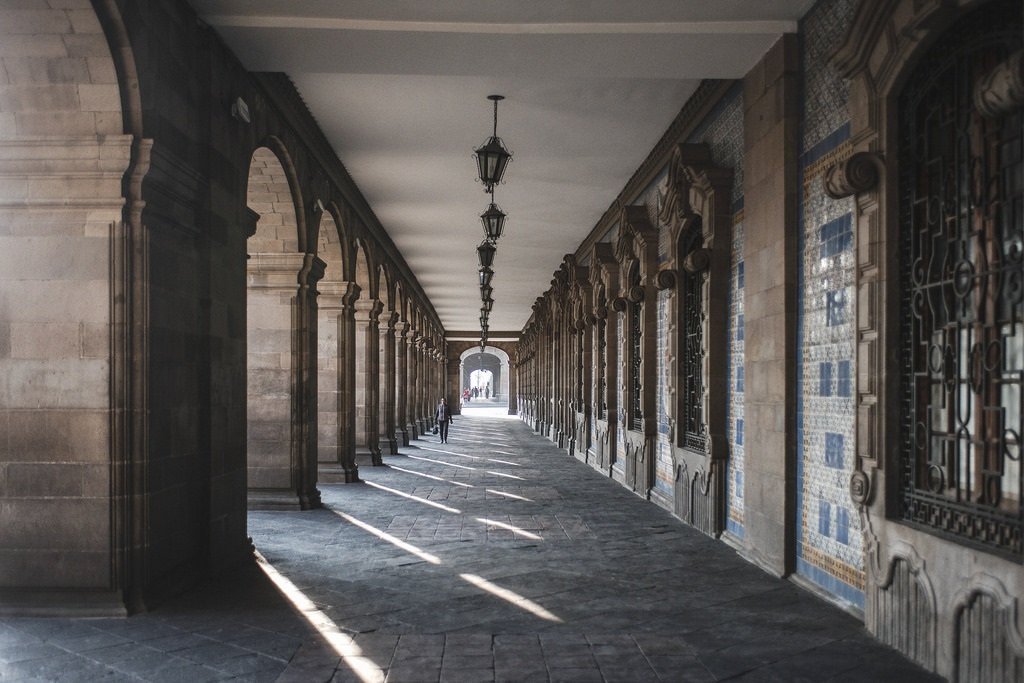
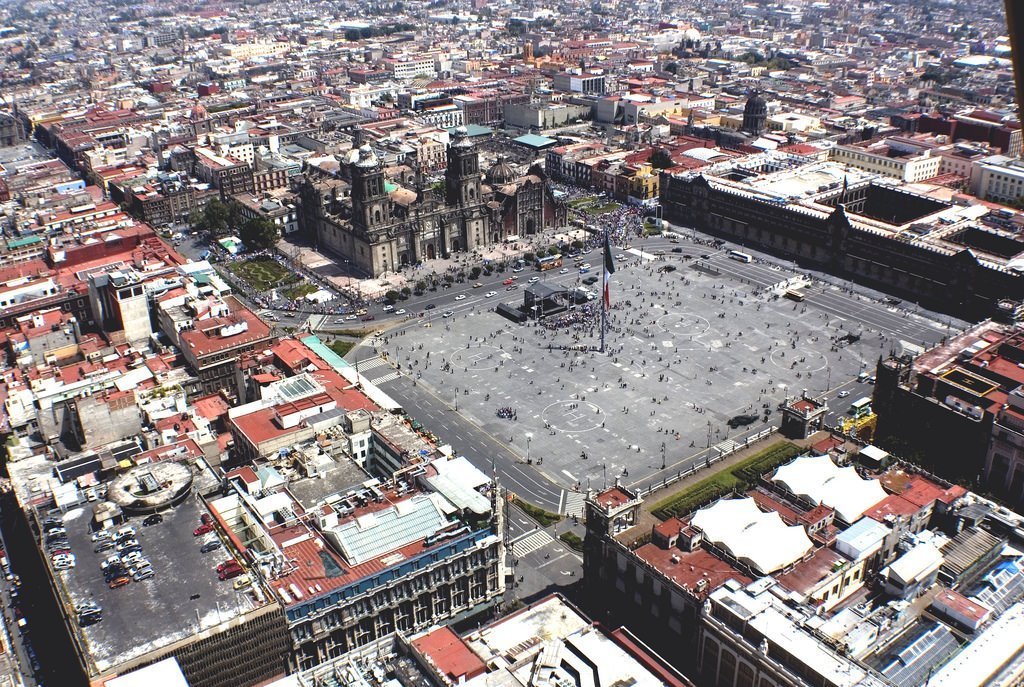
Video: Socalo Square
” title=”YouTube video player” frameborder=”0″ allow=”accelerometer; autoplay; clipboard-write; encrypted-media; gyroscope; picture-in-picture; web-share” allowfullscreen> Contents- History of Sokalo
- What to see in Constitution Square
- What else is remarkable about Constitution Square
- How to get there
History of Sokalo
The appearance of the Plaza de la Constitución dates back to the 14th century, the time of the founding of the Aztec city-state called Tenochtitlan. Before the colonial period, Socalo was the main ceremonial center. In ancient times it was called the Main Plaza or the Plaza of Arms. It was bordered on the east and west by the palaces of Montezuma II (“New Houses”) and his grandson Ashayacatl (“Old Houses”). In its modern form, however, Socalo appeared after the intervention of the conquistadors and an architect named Alonso Garcia Bravo, who laid out the district of Mexico City, which is the historic center of the capital.
.
After the destruction of Tenochtitlan, the conquistadors planned to rebuild the city. Thus, the destroyed temple of the Aztec god of war Huitzilopochtli served as the basis for the construction of a Christian church, which today is the Cathedral of Mexico City. Hernan Cortes laid the first stone in the foundation of the religious building. By his order, the remaining ruins were used to create the central square. The northern and southern halves were named “Plaza Chica” and “Plaza Mayor” respectively. The former was soon absorbed into the part of the city that continued to grow and prosper..At the dawn of colonial times, the current Plaza de la Constitución was bordered by the new church to the north and the palace of Hernán Cortés to the east. The western portion was set aside for the erection of Portales de Mercaderes (a group of commercial-type buildings) and the southern portion for the city hall. Market stalls flooded the square and remained in place throughout the 17th century.
.
With the beginning of the reign of King Charles IV of Spain, the Piazza del Socalo was transformed into a public space. The cathedral was separated by an iron grid, more than a hundred stone benches were placed in the square, and its boundaries were marked by iron posts connected by chains. The main feature of the rebuilt square was a statue of the ruler on horseback..The square received its modern name after the events of 1813, when the government swore allegiance to the Spanish crown and the Cadiz Constitution, and in response the Mexican War of Independence broke out. The statue of Charles IV was moved to the National Museum of Art, and in 1843 the Parian, Mexico City’s busiest market, was demolished. The Constitution Square was empty again, and the politician Santa Anna decided to erect a monument in honor of Mexican independence. For decades, the base of the column remained in the square, but the monument was never finished. Since then, locals have nicknamed Constitution Square “Socalo,” which means “plinth.” This short and uncomplicated name is still common in Mexico City today, so if you want to fit in with the locals, knowing this fact won’t hurt.
.What to see in Constitution Square
Once on Sokalo, a tourist takes notice of the noble surroundings in which this famous square is located. Each landmark is interesting and worthy of attention.
Cathedral of the Assumption of the Blessed Virgin Mary
It is impossible not to be imbued with reverence for this majestic building, because the Cathedral has absorbed centuries of history. These are the attacks of the conquistadors, and the destruction of monuments of Aztec culture, and the metamorphosis of Constitution Square. Unfortunately, the cathedral was erected on the territory of an artificially dried lake, so the government of Mexico City from time to time organizes restoration work, wanting to preserve the main religious symbol of the capital.
.
Near the western wall of the Cathedral, tourists often buy handicrafts. The price of original souvenirs rarely exceeds 20 USD. Behind the eastern wall of the structure are the ruins of the Aztec temple, the reconstruction of which are engaged to this day. Here in July 2017 during excavations discovered an ancient burial in the form of a pyramid of six hundred skulls, so speaking Spanish will help to learn more about this archaeological find.
.The cathedral is open daily from 08:00 to 20:00. It is recommended to observe the rules of decorum: not only tourists come here, but also locals with the intention of saying prayers.
.
National Palace
While in its early days it was the official residence of the country’s viceroy, the palace now serves as the residence of the President of Mexico. Until the mid-19th century, the National Palace was not allowed to be visited by ordinary people, as its halls were intended for the reception of foreign guests and ambassadors.
.
Nowadays tourists are attracted by the original decoration of the National Palace. It is built in the Baroque style. Excursion through the opulent and solemn halls and three courtyards takes more than one hour, so it is better to order a guide. Without a guide it is difficult to see all the samples of art performed by Mexican creators. And bypassing one of the staircases of the palace, you are unlikely to know that the walls around painted by the hand of the famous painter Diego Rivera, unless the guide mentions it.
.
Walking around the National Palace is free, which is partly why tourists flock to its walls. Only an identification document is required for admission to the tour. The palace is open from 10:00 am to 4:00 pm on weekdays and an hour longer on weekends.
.What else is remarkable about Constitution Square
Artistic performances attract tourists no less than monumental sights. Aztec dances accompanied by drums are staged here daily. Often Sokalo Square becomes the venue for festivals. One of the largest is the Festival del Mexico. It falls in the last weeks of March and is accompanied by concerts, dances and opera and theater performances.
.
Before New Year’s Eve, two or three rides are set up in Constitution Square, where Mexican kids are always spinning around. Here Nocheveja (from Spanish – “old night” – the last night of the year) unfolds large-scale celebrations with fireworks and loud music. As the chimes strike, locals drink traditional tequila in nearby restaurants, so if you get the chance to visit Mexico City in December, be sure to join in the festivities!
.How to get there
Socalo is located at Plaza de la Constitución S/N, Centro, Cuauhtémoc. You can get to this place by cab for 5-10 USD, but a subway ride is a great alternative to a car with “checkers”. Plus, it will cost 0.2 USD. Constitution Square is located near the “Zócalo” station on the blue line #2.
.